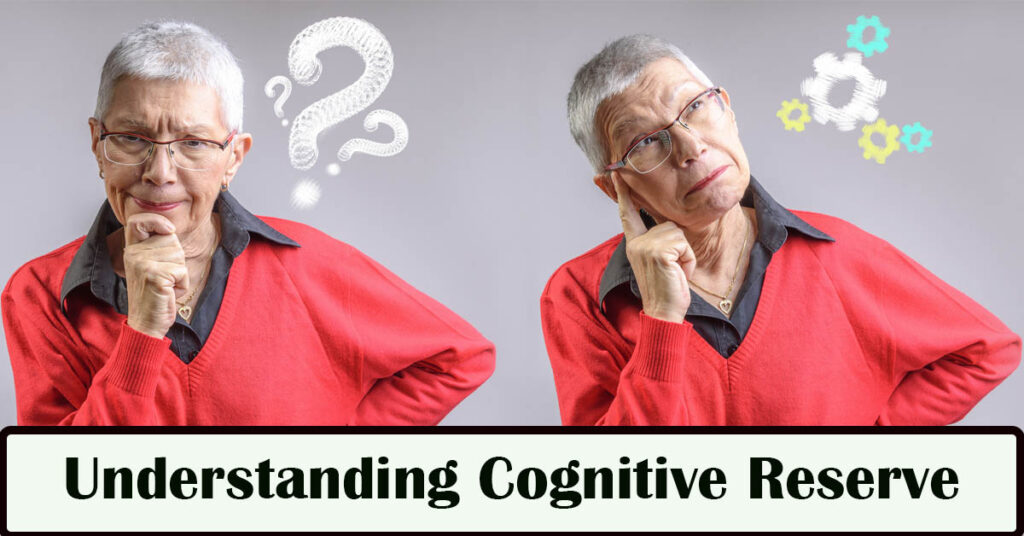
Blood clots, medically known as thrombosis, can be a silent and potentially life-threatening condition. These clots can form in your arteries or veins, obstructing blood flow and causing a range of health issues, from deep vein thrombosis (DVT) to pulmonary embolism, heart attacks, and strokes. The good news is that many blood clots are preventable. Let’s explore various strategies for preventing blood clots and maintaining your overall health.
Understanding Blood Clots
Blood clots are formed when the body’s natural clotting mechanisms malfunction. There are two main types of blood clots:
Arterial Clots: These form in arteries and are usually composed of platelets and fibrin. Arterial clots are often associated with conditions like atherosclerosis and can lead to heart attacks and strokes.
Venous Clots: These develop in veins and are predominantly composed of red blood cells and fibrin. Deep vein thrombosis (DVT) is a common form of venous clot, which can lead to pulmonary embolism if a piece of the clot breaks off and travels to the lungs.
Prevention Strategies
Maintain a Healthy Lifestyle:
- Stay Physically Active: Regular exercise promotes healthy blood circulation. Aim for at least 150 minutes of moderate intensity exercise each week.
- Maintain a Healthy Diet: A diet rich in fruits, vegetables, lean proteins, and whole grains can help maintain a healthy weight and lower the risk of blood clots.
- Stay Hydrated: Dehydration can make your blood thicker and more prone to clotting. Make sure you drink enough water daily.
Avoid Smoking and Limit Alcohol:
- Smoking damages blood vessels and increases clotting risk. If you smoke, consider quitting.
- Excessive alcohol consumption can also increase the risk of blood clots. Drink in moderation or quit altogether.
Manage Chronic Conditions:
- If you have chronic medical conditions like high blood pressure, diabetes, or high cholesterol, follow your healthcare provider’s guidance to manage them effectively.
- For those at high risk, your doctor may recommend blood-thinning medications or other preventive measures.
Travel Safely:
- When traveling long distances, especially by air, stand up and move around periodically to prevent blood from pooling in your legs.
- If you have a history of DVT or other clotting disorders, consult your doctor before traveling to discuss potential preventive measures.
Stay Mindful of Family History:
- A family history of blood clots can increase your risk. Make sure your healthcare provider is aware of any family history of clotting disorders.
Compression Stockings:
- If you are at a high risk of DVT or have a history of blood clots, compression stockings can help improve blood flow in your legs.
Recognize the Symptoms:
- Educate yourself about the symptoms of DVT (pain, swelling, redness, warmth) and pulmonary embolism (shortness of breath, chest pain). Seek immediate medical attention if you suspect a blood clot.
Preventing blood clots is crucial for your overall well-being. By making healthy lifestyle choices, managing chronic conditions, and staying informed about your risk factors, you can significantly reduce the likelihood of blood clots. Always consult with a healthcare professional to create a tailored prevention plan, especially if you have a family history of clotting disorders or other risk factors. Remember that early detection and prevention are key to ensuring your health and safety.



